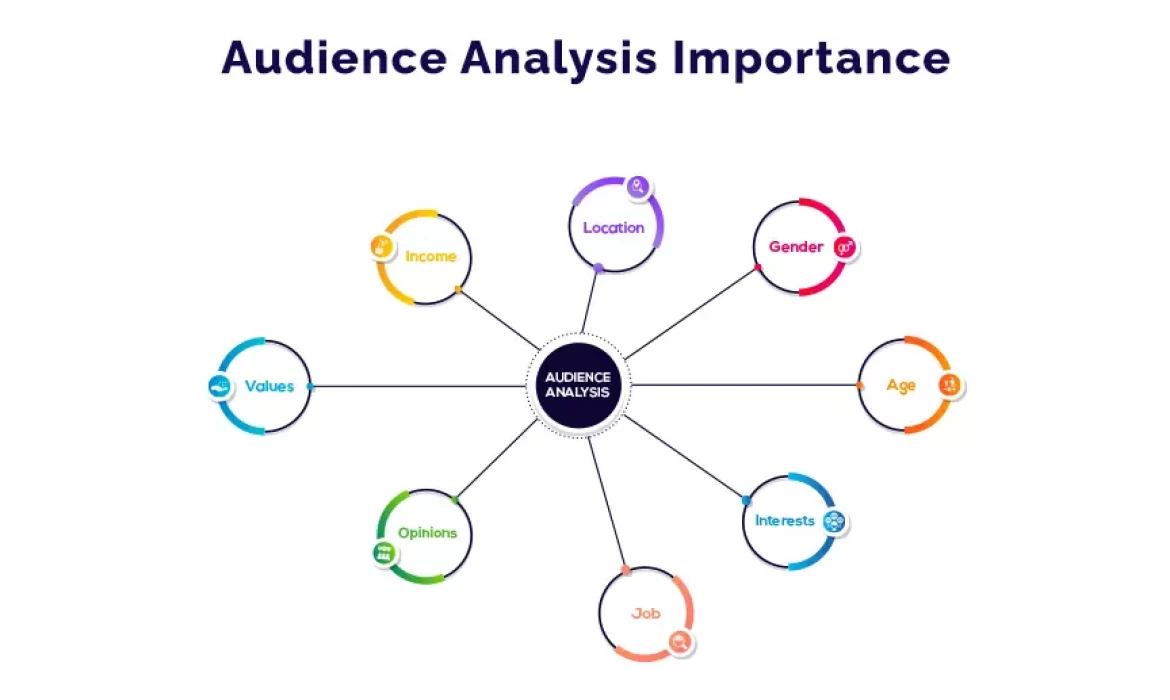We always look forward to receiving positive comments each time we post about our personal life, product or client. Amidst the positive comments, there is always 1 or 2 negative comments from the audience. It’s never pleasant to receive negative comments and reviews especially when all you want to achieve is visibility for a product; this implies that those particular people are not the audience you are targeting your content to.
Did you know that Audience targeting will help you overcome this challenge? Audience targeting is the segmentation of potential and existing customers based on various data points. Whether you are thinking about how to write a press release for an event, or you’re checking out the best marketing ideas for a client, you need to know your target audience in detail. When embarking upon any public relations or communications activity it’s important to define who your target audience is to make sure you’re reaching the right people.
Segment your audience by creating a customer persona that identifies audience interests, age groups, gender, location, challenges, and needs among others. A great place to start when researching your target audience is your own marketing and PR efforts. Interacting with the public is an opportunity for you to learn more about who is connecting with your brand. Start with your website and social media channels; research about your followers to find out about their demographics.
It is important to note that customers are always looking for transformation; products sell best when they solve problems for consumers. Identifying the obstacles customers encounter when trying to achieve their goals is one of the most important parts while carrying out client mapping. You need to know what your audience is trying to achieve or the experience they want, and what prevents them from it. With all that information, you will be able to develop content that offers solutions to challenges faced by your target audience.
However, remember that companies with different products have multiple audiences. If you have different audiences then you’ll need to have specific content for each one otherwise you won’t see engagement and results. From a communications point of view, use the information gathered to develop multiple audience profiles and content.
Once you are clear on your target audience you can tailor all your messaging, stories, and adverts to increase brand visibility and reduce negative comments.
